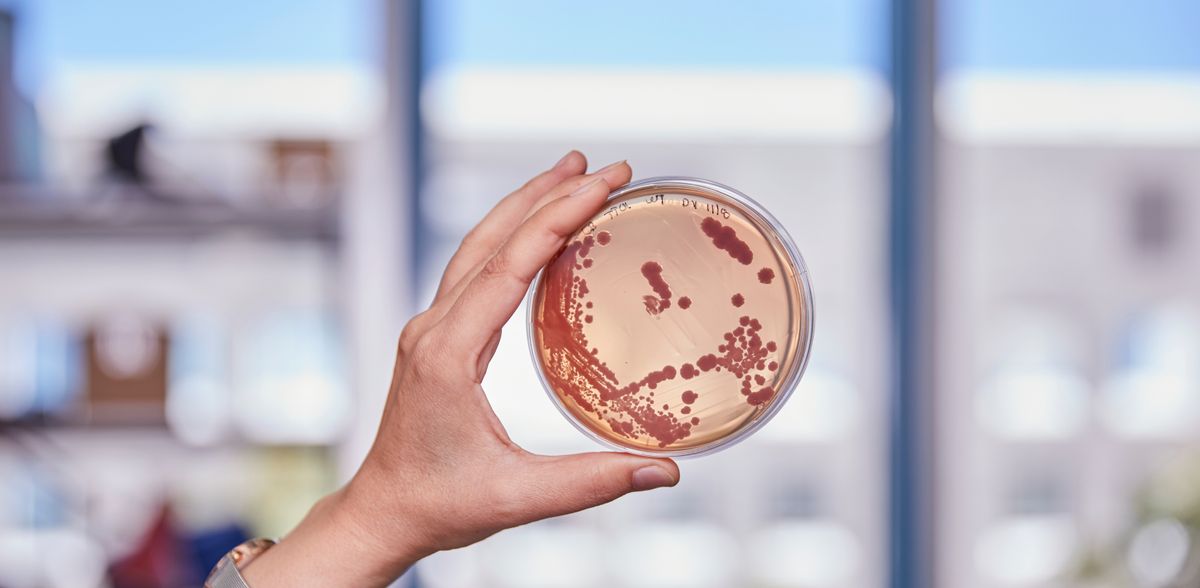A new path to active ingredient diversity
Advertisement
Many important drugs, such as antibiotics and cancer drugs, are derived from natural substances from bacteria. The bacterial enzymes that produce these active ingredients are considered ideal tools for synthetic biology due to their modular design. By researching protein evolution, a team led by Prof. Dr. Helge Bode found "fusion sites" based on nature's model that enable faster and more targeted drug development.
Industrial production usually follows the assembly line principle: components are systematically assembled into complex products, with different production lines yielding different products. However, the actual inventors of this principle are not humans, but bacteria. Non-ribosomal peptide synthetases (NRPS) are bacterial enzymes that, like production lines, produce an immense variety of natural substances. This enables bacteria to survive in a wide variety of natural habitats. We humans owe many important medicines, such as antibiotics, to these huge enzyme complexes.
Diversity of enzyme variants generates diversity of natural substances
The large selection of products is not so much due to the quantity of building blocks, but rather to the diversity of the NRPS themselves, which results from the combination of their enzyme subunits. Each NRPS variant can bind, activate and link other building blocks.
Prof. Dr. Helge Bode's team at the Max Planck Institute for Terrestrial Microbiology in Marburg is working on using this enzyme system for targeted drug production in the laboratory. This involves modifying parts of the enzymes and thus the functional properties of entire enzyme complexes (NRPS engineering), resulting in products with new properties.
However, although this approach has been pursued for several years, it has not yet worked as hoped. "We see a great opportunity in learning from nature. If we understand the natural processes, we will know which areas of the enzyme are best suited for NRPS engineering," explains Dr. Kenan Bozhüyük, one of the lead authors of the study, which appeared in the scientific journal "Science".
Recombination modeled on nature
In order to find out which subunits of the enzyme work particularly well together, the team focused on the question: at which positions does evolution itself start to assemble or change new "assembly lines" in order to create the required active substances? Together with the group of Dr. Georg Hochberg (also MPI) and Prof. Dr. Michael Groll (TU Munich), the team searched for "hotspots" of natural recombination. "To do this, we analyzed several tens of thousands of enzymes bioinformatically and then combined the analysis with laboratory experiments to verify the predicted target sites," explain first authors Leonard Präve and Dr. Carsten Kegler.
In fact, the team found a new "fusion point" for the targeted production of functional NRPS hybrids. With its help, it was even possible to combine NRPS sequences from completely different organisms such as bacteria and fungi.
The researchers then tested their new knowledge in a medical context: they constructed a new, pharmacologically active peptide. The broad-based study shows the great potential of natural bacterial substances as the basis for new medicines.
The goal: tailor-made drugs
"In the field of synthetic biology and evolutionary biochemistry, research has made enormous progress in recent years," says Prof. Helge Bode, Director at the Max Planck Institute in Marburg. "The advantage of our approach is that we use evolutionary processes that have proven themselves over millions of years. Our evolution-inspired fusion sites are more versatile and have higher success rates."
The approach combines synthetic biology with high-throughput methods, which are necessary for the faster and therefore more cost-effective discovery of biologically active substances. The researchers hope to use this to develop customized biological drugs with improved therapeutic properties in the future - something that is becoming increasingly important in view of the rise in drug resistance and drug intolerance.
Note: This article has been translated using a computer system without human intervention. LUMITOS offers these automatic translations to present a wider range of current news. Since this article has been translated with automatic translation, it is possible that it contains errors in vocabulary, syntax or grammar. The original article in German can be found here.
Original publication
Bozhüyük, K.A.J.; Präve, L.; Kegler, C.; Schenk, L.; Kaiser, S.; Schelhas, C.; Shi, Y.-N.; Kuttenlochner, W.; Schreiber, M.; Kandler, J.; Alanjary, M.; Mohiuddin, T.M.; Groll, M.; Hochberg, G. K. A.; Bode, H. B.; "Evolution inspired engineering of non-ribosomal peptide synthetases"; Science Vol. 383, 2024-

























































